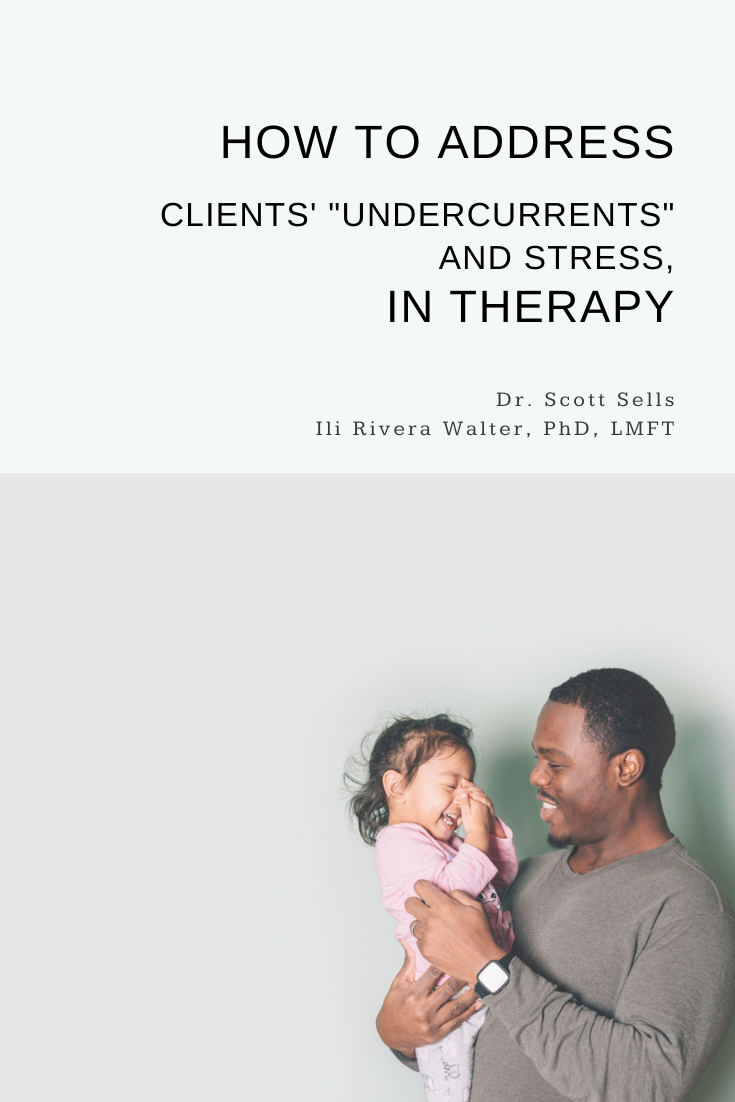*This post was originally published on April 25, 2017, and was updated on August 24, 2023.
In this post, I provide a summary of four popular mindfulness-infused approaches, backed by research, that can assist you in enhancing your change-based interventions with clients. These four approaches are: Mindfulness-Based Stress Reduction, Mindfulness-Based Cognitive Therapy, Acceptance and Commitment Therapy, and Dialectical Behavior Therapy.
Mindfulness Based Stress Reduction (MBSR)
Originally applied to patients with chronic pain, MBSR has evolved into a formal curriculum that teaches patients how to interrupt patterns of reactivity by tuning in to their body, breath, and thoughts. Through recognizing these, and the messages they are sending in the moment, patients relate differently to themselves and distractions, and are able to then decrease suffering--this is true for physical and mental suffering. In order to foster patients' new relationship to suffering, MBSR practitioners incorporate meditation, yoga, and other awareness-increasing activities.
MBSR has been applied to disordered eating, anxiety, and depression, and studies have shown it to be effective in reducing anxiety and depressive symtpoms as well as improving mood and general quality of life. (Shapiro & Carlson, 2009).
Mindfulness Based Cognitive Therapy (MBCT)
MBCT, as the name suggests, integrates cognitive therapy and mindfulness interventions. MBCT has been applied to a variety of presenting issues, including relapse prevention and depression; the approach has been shown to decrease depressive symptoms and increase calm. MBCT patients tend to integrate mindfulness interventions into their lifestyle and use them long-term, thereby reaping their effects far beyond treatment termination (Shapiro & Carlson, 2009).
Segal, Williams, and Teasdale (2012) offer an eight-session approach to MBCT that incorporates breathing, sitting, body scanning, and other mindfulness interventions with the aim of helping clients increase awareness of thoughts, sensations, and feelings, while developing a new way of relating to these experiences through “mindful acceptance” (p. 84) and choosing preferred responses, rather than habitual ones.
Acceptance and Commitment Therapy
Based in contextualism and "workability," the idea that “what is true is what works,” ACT is an approach to change based on whole events and clients’ unique and specific ‘'truths” (Hayes, Strosahl, & Wilson, 2016, p. 33). In this sense, ACT is a systemic therapeutic approach.
As is true with all mindfulness-based approaches, ACT fosters acceptance through non-judgmental awareness of what is. Through acceptance, ACT practitioners are able to move clients through clarifying their values, so that they can commit to new actions (Hayes, Strosahl, & Wilson, 2016). (For more specifics on ACT, including philosophical foundations and clinical case examples, see the reference at the bottom of this post.)
Dialectical Behavior Therapy (DBT)
DBT brings together opposing ideas (such as acceptance and change) through mindfulness practices, interpersonal effectiveness strategies, emotion regulation, and distress tolerance. DBT practitioners invite clients to face automatic responses that contribute to anxiety and distress. Studies have shown DBT to be effective with impulsiveness, anger, depression, adjustment, suicidality, BPD, relapse prevention, among others; it continues to be applied to a wide range of symptoms. If you are not familiar with DBT, it is a complex model with a specific progression; it's worth investigating if it would fit well within your current skills and preferred client population.
The Benefits of Mindfulness Interventions
Mindfulness interventions invite clients to: "see their seeing" (Bohm, 2013), by evaluating perceptions and automatic reactions. In addition, clients develop their awareness and sense of choice, learn self-regulation and self-management, gain clarity regarding personal values and use them to guide lifestyle and behavior, and increase emotional and behavioral flexibility (Shapiro & Carlson, 2009). Based on these benefits, as well as the research evidence supporting their effectiveness, mindfulness-based interventions would enhance most clients' therapeutic process.
Let's Chat
Which of these approaches have you tried?
Which works best within your preferred modalities and client population?
I've put together a list of books on mindfulness-based interventions for mental health professionals. Access it in the free resource library. If you aren't yet registered, what are you waiting for??? Register here:
References
Bohm, D., & Weinberg, R. A. (2013). On dialogue. Routledge.
Hayes, S. C., Strosahl, K. D., & Wilson, K. G. (2011). Acceptance and commitment therapy: The process and practice of mindful change. Guilford press.
Shapiro, S. L, & Carlson, L. E. (2009). The Art and Science of Mindfulness: Integrating Mindfulness Into Psychology and the Helping Professions. Washington, D. C.: American Psychological Association.
Segal, Z. V., Williams, J. M., & Teasdale, J. D. (2012). Mindfulness-Based Cognitive Therapy for Depression. New York, NY: The Guilford Press.













